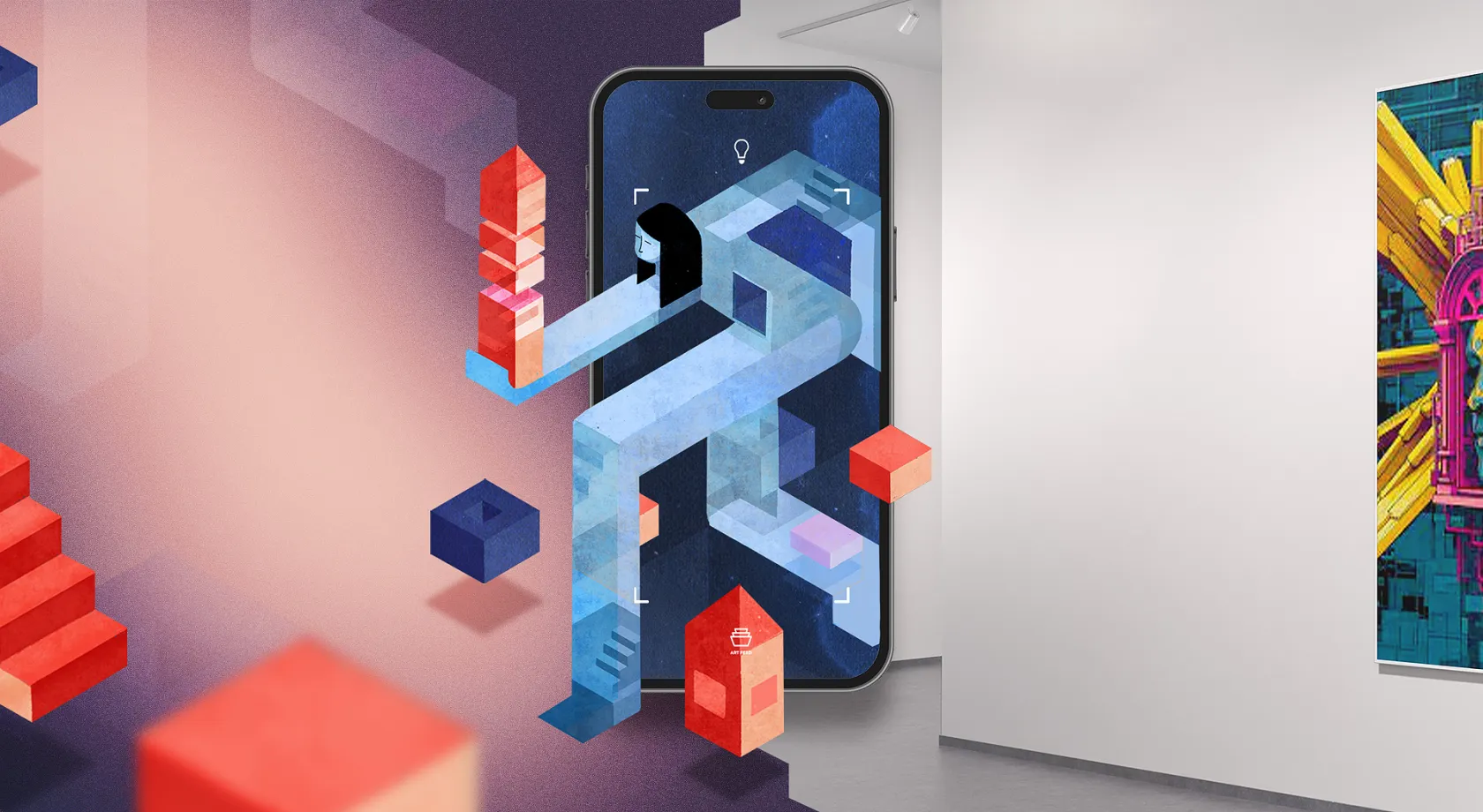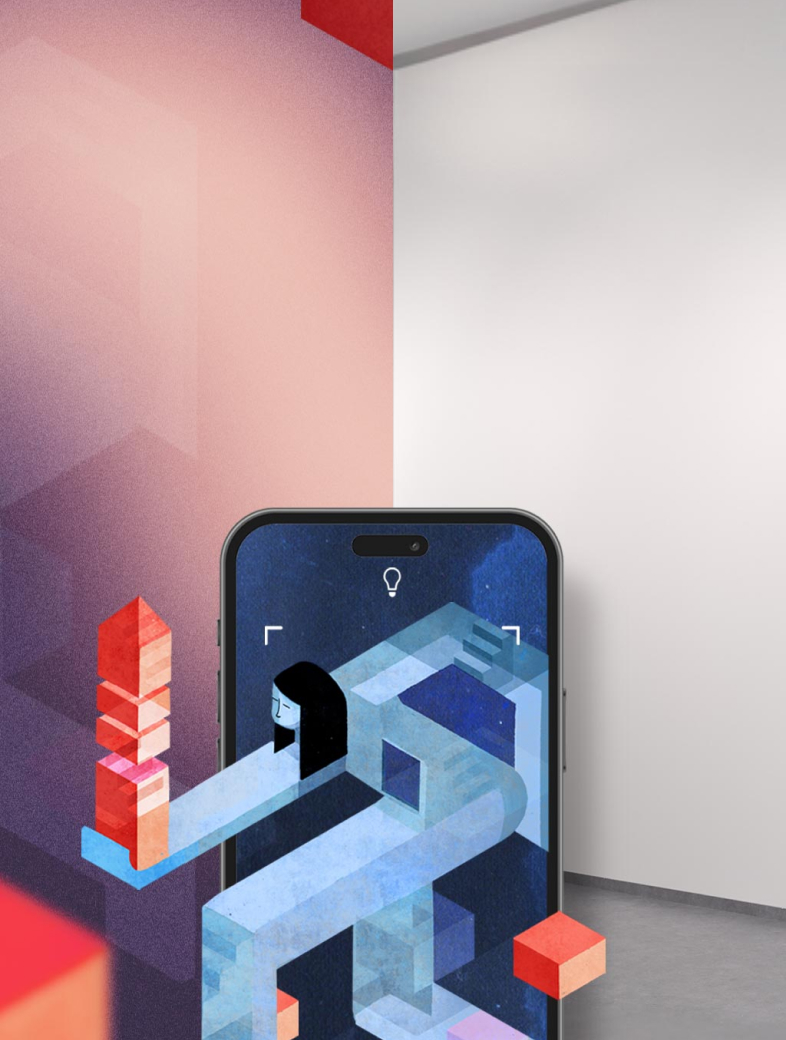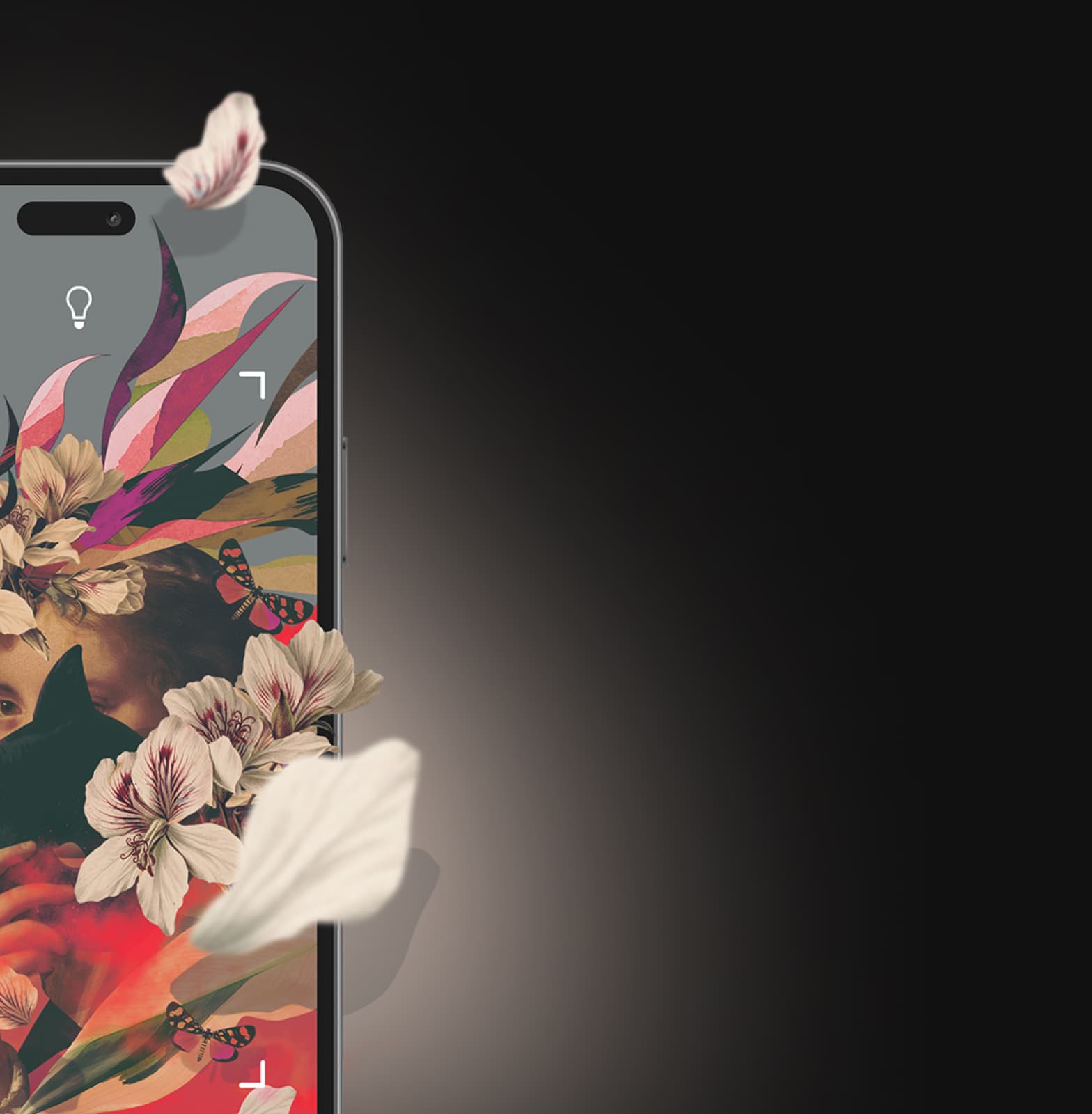Artist Interview: Charles Clapshaw
We are entering a new golden age of art + technology, the stuff I am seeing is quite incredible and I see more and more amazing opportunities everyday
We at Artivive see painting as the process of creating a permanent expression of the emotion of which can only be silenced when covered with the paint of another expression. We believe every stroke of paint upon a canvas is intentional, every stroke is genius, and every stroke is a mistake. However, every stroke has meaning. All art is shackled by the bounds of your canvas and the limits of the environment. Artivive, an easy-to-use online tool that helps create augmented reality artworks, breaks the shackles and expands your environment by extending art from the physical to the digital realm. Paint, which normally cannot be moved, can dance, flow, and even sing with ease when paired with Artivive. Artivive gives artists the ability to express themselves on multiple layers without compromising the original emotion of their art.
We continue our artist interview series with Charles Clapshaw, a New Zealand native whose passion for painting is heavily influenced by the environment. In a studio near the beach in Australia, Charles is using Artivive to usher in a new renaissance of art that breaks all the norms.
1. Charles, can you tell us a bit about yourself?
Sure, at my heart I am an abstract geometric painter from New Zealand but it was too cold and so I moved to Australia. My studio is by the beach in Bondi but I show work around the world. I need to be by the water – it calms me – and usually I get to surf!
I say I am a painter but I also like to include technology in my work. Art doesn’t always pay the bills and so I am sorry to admit that I was involved in the early days of digital advertising and design – making CD-ROMs using Director and then websites, flash banners, eventually some apps, an airline booking engine…whatever was needed. But that’s lucky as I have a good understanding of most of the technology out there now.
In 2012 I timed out from all technology and only used paint, mostly focussed on color theory and that’s where I thought I was going.
But then things started to get interesting again. So about 4 years ago, I kinda hid in my studio for a couple of years or so to get back up to speed and see what could happen.
I guess that’s how I can be summed up – ‘this should work?’ – I don’t mind taking risks and seeing what will happen. I’m a bit of an explorer, traveling to over 50 countries so far and I try to explore what is possible with every painting too.
2. How would you describe your artwork?
Normally at a bar or dinner party, I say abstract squares with some color. I had a bad experience once when I was working with the Turps Art School in London where I sent some work and a statement. They loved the statement and couldn’t wait to see the work but didn’t like it, they had different pictures in their minds.
Since then I stopped talking about the work and always try and show it first to set expectations!
Same for augmented reality, I don’t really talk about AR as it confuses everyone too much unless I can demo it. That’s why I am a bit of an AR evangelist and teach other painters how to. Saves me having to explain if everyone is doing it.
Key to my practice is the concept of painting being a noun and verb – that’s why I paid squares as I can make them move in and out – that’s mostly what I do with projection mapping paintings. The paintings are quite minimal, usually just acrylic but recently with oil and spray. I also do some street art and get to do a couple of murals a year, some hidden in places like Angkor Watt and others more public like on the beach here in Bondi.
I love art history and hope that we are currently in the midst of a new art movement, technology has got to the stage that video and interactive artists, creative technologists, and geeks can make some epic work without the price tag.
We are entering a new golden age of art + technology, the stuff I am seeing is quite incredible and I see more and more amazing opportunities every day.
Let’s call it abstract technoism, I have the URL.?
3. What drew you towards using augmented reality as part of your art practice?
I was involved in AR very early on, we made a project in 2012 that used a QR code to create an augmented view. The only problem was that not many computers had webcams in those days, mobile hadn’t gone as crazy yet, and it was much more tricky to line the image up – it required quite a lot of dexterity just to see the artwork after you position the webcam, screen, knock over your coffee, etc and so AR went on hold for a bit.
I came back to AR about 3 years ago as I had started projection mapping onto the paintings but it became too expensive. I had a couple of laptops and projectors hidden in ceilings all around the world and so was stoked when I realized I could do it all in my phone or iPad.

Augmented Reality Artworks by Charles Clapshaw
4. Could you please name some artists, styles, or works that have influenced the way you create? (In what ways have they influenced your art?
From a painting POV, I am stuck in the past – Klee, Stella, Sol LeWitt, etc and there were some great New Zealand painters such as Gordon Walters and Milan MrKusich that I love. In terms of style, it’s definitely abstract. Milan MrKusich had a great quote when asked about his work:
“You want a landscape – go take a drive in the country” – perhaps easier said if you live in beautiful New Zealand.
Also for me, the theory of the art is almost as important as the image itself and it’s incredible how artists such as Kandinsky and Klee almost foretold Augmented Reality with their music, color, and shape musings. Imagine if they had AR!!!
From a motion point of view, I am quite an old school, people like early Joshua Davis really influence me, as well as some of the work I used to see on the Creative Review CD-ROMs that came with the magazines. Pre-internet it was the only way I could see what was happening in the work, we didn’t have much of that in NZ at the time.
I remember sending a letter to my friends begging them to send me tapes of techno too, which really influences my work. Nice clean minimal stuff, perhaps a bit dark – perfect.
5. How has Artivive changed the way you create?
Yes, absolutely. It means that I can easily go from concept to testing in just a couple of hours, or even minutes if I have everything ready. And so it means I spend more time in AR, test, and playing more because everything is done for me. I just log in, upload artwork, and bingo, time to see how it looks. ?

Charles Clapshaw, Augmented Reality Art
6. What tools do you use to create the animations for Artivive?
I use a variety of tools but mostly there is an element of motion graphics using either AfterEffects or Motion. Although I love to use VJ software as well, my tool of choice is VDMX but will one day get my head around Resolume. I actually find myself trimming a lot in Quicktime as well.
I’m also playing with hardware and using my iPad Pro and pencil for creation. There is a great drawing tool called Procreate which also records your brushstrokes, perfect for the time-lapse style. Even some of the Instagram video tools have some opportunities IMHO.
7. What do you think is the key asset of augmented reality that allows it to be such a valuable creative medium?
Quality is key, only a couple of styles work with low resolution but now we are only limited by the screen resolution which is incredibly high.
It’s really the illusion that a painting is moving of its own means that I try to push. Playing with the view with quick AR loads and a seamless map to the edge of the painting is key. I do quite a lot of AR outdoor and it blows people’s brains – and we are only at the start of what can be done!
8. Which among the works you have created using Artivive is your favorite and why?
It’s weird how the simplest ideas are often the ones that work best. Currently, my favorite is called ‘Tribenders 2’ – it’s a minimal geometric that continues to build in the AR.
It’s is an early one made with VDMX towards the end of 2017, synced to some techno I was listening to at the time. It Syncs well and it has a strobe light in it, essential for any stomping track. Doesn’t have the polish of the newer works but I think it’s all about finding my style in AR – I’m getting quicker at the motion graphics and so looking forward to showing some new stuff shortly on a trip to London in April.
9. What are your future plans with Artivive?
I really want to start playing with some of the advanced 3D capabilities of Artivive! I have a couple of ideas to try…but first need a couple of paintings to finish. TBC very soon I hope. ?
Interested to enhance your artwork with augmented reality? Sign up for free to our augmented reality tool.





